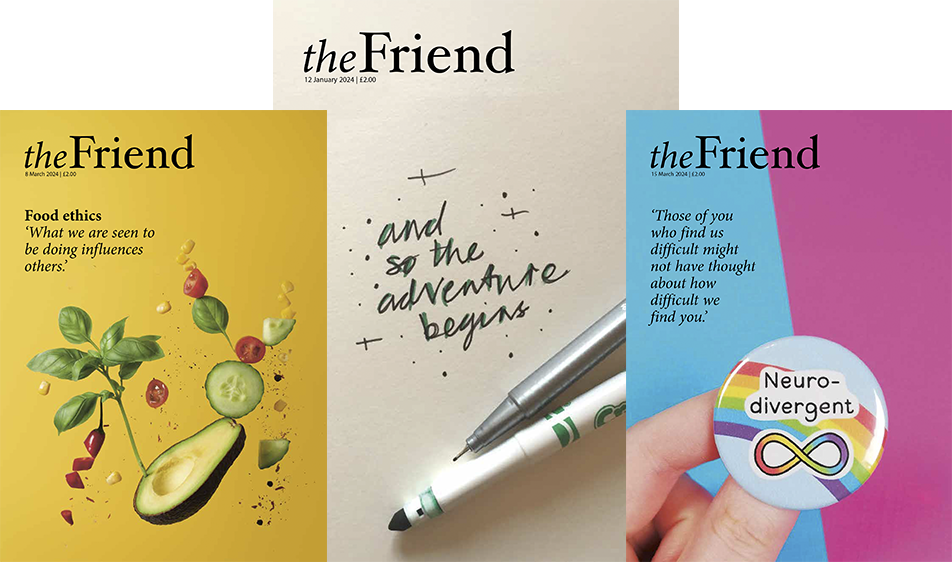Roy Head Photo: Joseph Rowntree Charitable Trust.
Roy Head - Developing medical campaigns to save lives
Rosemary Hartill describes the vision of Roy Head to help save lives by empowering governments and media in developing countries with the skills to communicate with their citizens.
Roy Head is crackling with energy. But he is also just a shade nervous. He’s currently launching a new £7m multi-message health information campaign which he hopes will provide a model for saving 2.2 million lives in ten countries over the next decade. In its scale, depth and level of scientific testing, this campaign in Burkina Faso in West Africa is unlike anything ever attempted before in this field.
